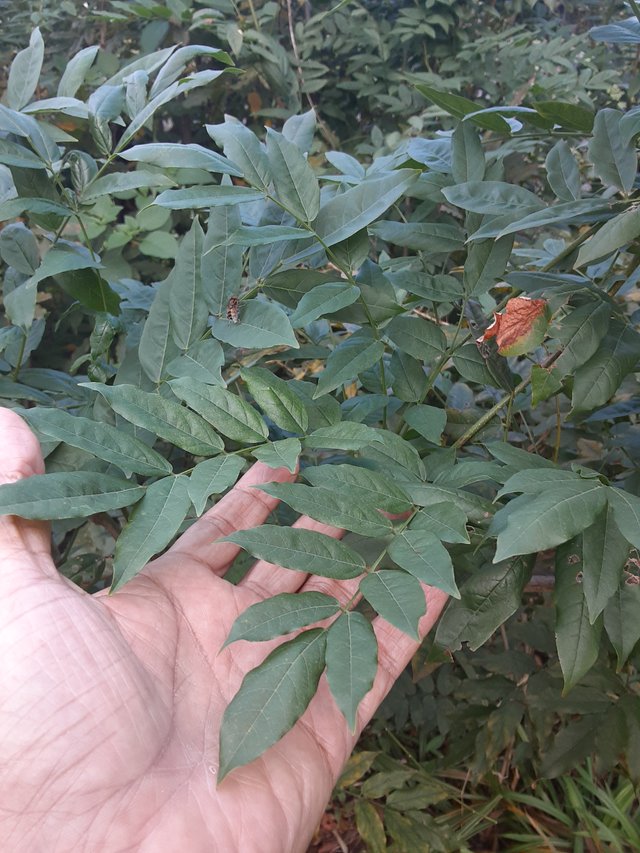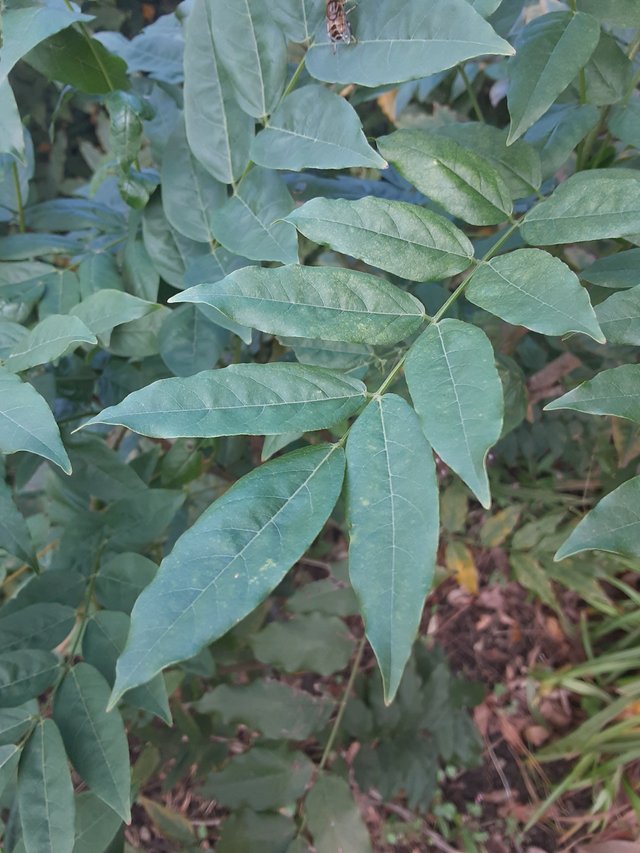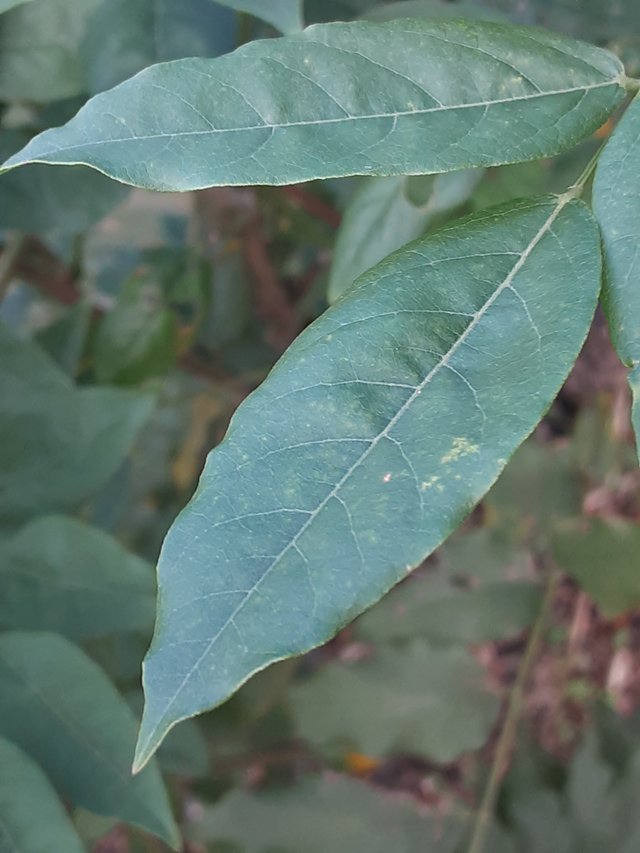Wisteria floribunda, a stunning vine, has pinnately compound leaves with 13-19 leaflets that turn golden yellow in autumn

Wisteria floribunda, commonly known as Japanese wisteria, is a deciduous vine renowned for its stunning, cascading blooms. Its leaves, while not as showy as the flowers, play a significant role in the plant's overall appearance and health.
The leaves of Wisteria floribunda are pinnately compound, meaning they are divided into several leaflets arranged along a central stem. Each leaf typically consists of 13-19 leaflets, although variations can occur. The leaflets are oblong or ovate in shape, with smooth margins and pointed tips. They are a vibrant shade of green during the growing season, providing a lush backdrop to the vine's colorful flowers.

The leaves emerge in spring, often alongside or slightly after the flower clusters. As the season progresses, the leaves contribute to the plant's dense foliage, creating a curtain of greenery that can completely cover structures or walls. The leaves also play a crucial role in photosynthesis, the process by which the plant converts sunlight into energy.
In autumn, the leaves of Wisteria floribunda undergo a transformation, turning a beautiful golden yellow before eventually falling to the ground. This seasonal change adds another layer of beauty to the plant, as the vibrant foliage contrasts with the remaining flower clusters.

While the leaves of Wisteria floribunda may not be as eye-catching as its flowers, they are an essential part of the plant's overall aesthetic appeal and biological function. Their lush green color and graceful form enhance the beauty of the vine, while their role in photosynthesis ensures the plant's continued growth and vitality.
Ref.:
 |  |
Upvoted! Thank you for supporting witness @jswit.